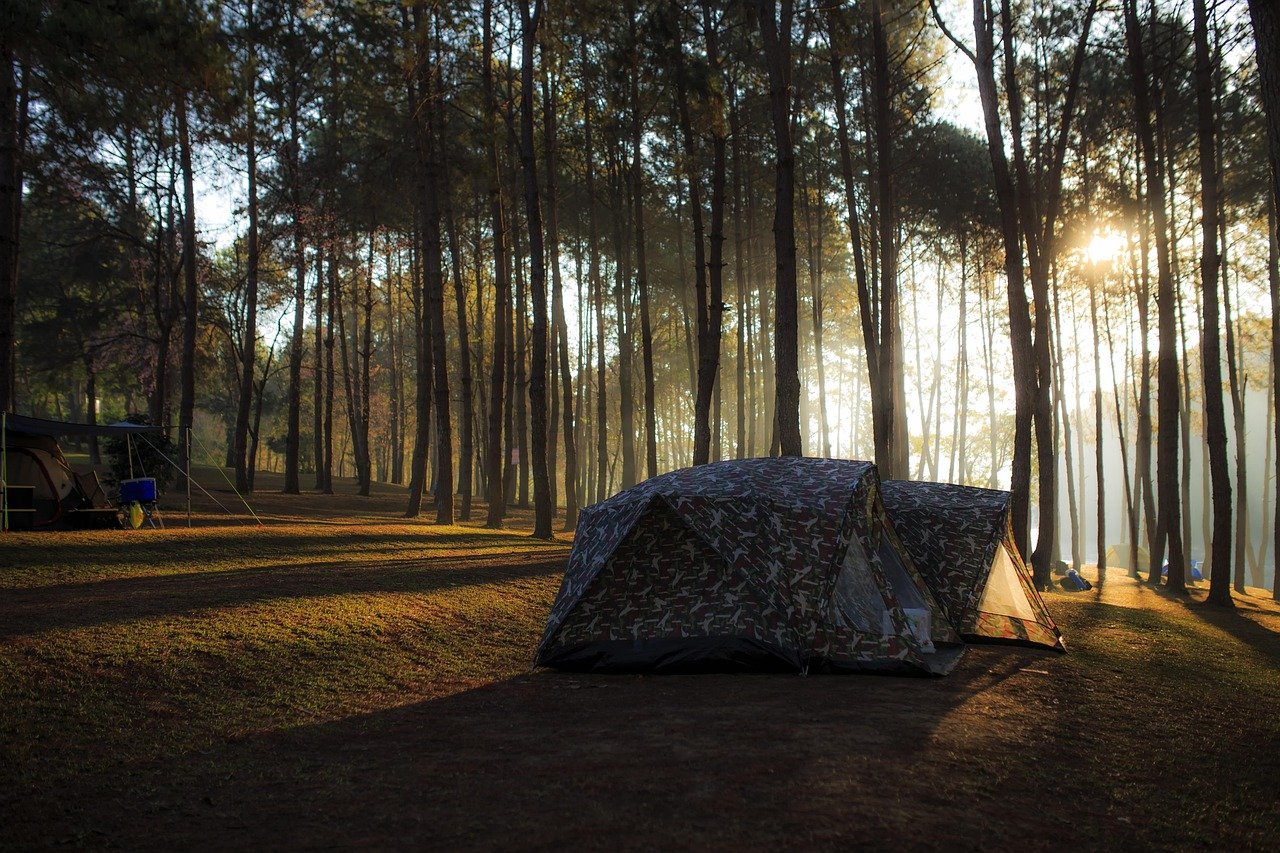When it comes to protecting valuable equipment, covering outdoor spaces, or ensuring temporary shelter in different conditions, a durable and adaptable solution is essential. Over time, flexible coverings have become indispensable in industries, households, and recreational settings. Their ability to withstand harsh weather, prevent damage, and offer multipurpose use makes them highly reliable.
This article provides a comprehensive overview of the uses, features, and practical applications of these coverings, offering insights for both professional and personal needs.
Understanding the Concept
Before diving into applications, it’s important to understand what makes these coverings unique. Typically, they are made from strong synthetic materials such as polyethylene or PVC, which provide resistance to moisture, UV rays, and tearing. Their reinforced edges and grommets allow secure fastening, making them versatile enough to handle various environments.
Key features include:
- Durability: Built to withstand exposure to the elements.
- Flexibility: Suitable for temporary or semi-permanent use.
- Portability: Easy to transport and store.
- Affordability: Cost-effective compared to permanent structures.
Common Applications
1. Outdoor Protection
One of the most widespread uses is in outdoor environments. Homeowners, gardeners, and construction professionals rely on them for:
- Covering furniture during seasonal changes
- Protecting woodpiles from moisture
- Providing shade in gardens or backyards
2. Construction and Industrial Use
On construction sites, safety and preservation are key. These coverings are frequently used to:
- Shield building materials from rain or dust
- Create temporary partitions
- Cover scaffolding for safety and privacy
3. Transport and Logistics
In the transport sector, preventing damage during transit is essential. These coverings serve as reliable solutions for:
- Securing cargo on trucks or trailers
- Protecting goods in shipping yards
- Covering machinery during relocation
4. Agriculture and Farming
Farmers often depend on strong coverings for crop and livestock protection. Common uses include:
- Creating makeshift shelters for animals
- Covering harvested crops
- Protecting irrigation equipment
5. Recreational and Personal Use
Beyond professional settings, these coverings have practical applications in leisure activities:
- Providing shade during camping trips
- Acting as a base layer under tents
- Covering boats, bikes, or cars
Benefits That Make Them Essential
- Weather Resistance – Protection from rain, sun, wind, and snow.
- Versatility – Multiple uses across industries and personal needs.
- Cost-Effectiveness – Affordable compared to permanent structures.
- Ease of Use – Lightweight, foldable, and simple to set up.
- Long Lifespan – When properly maintained, they last for years.
Materials and Quality Considerations
Polyethylene (PE)
- Lightweight
- Waterproof
- UV-resistant
- Common for general use
Polyvinyl Chloride (PVC)
- Heavier and more durable
- Resistant to chemicals
- Ideal for industrial applications
Canvas
- Breathable
- Strong and tear-resistant
- Suitable for specialized outdoor use
When choosing the right option, factors like material weight, thickness, and intended purpose should always be considered.
Maintenance and Care Tips
To ensure longevity, proper care is essential. Here are a few guidelines:
- Clean regularly with mild soap and water.
- Dry before storage to prevent mold.
- Avoid sharp objects that could cause tears.
- Store in a cool, dry place when not in use.
Case Study: Construction Site Application
A mid-sized construction company used these coverings to protect steel beams and cement bags during the rainy season. By doing so, they reduced material damage costs by nearly 20%. Additionally, workers found the covered spaces useful as temporary shelters during heavy downpours, increasing safety and productivity.
Environmental Impact and Sustainability
While synthetic coverings are highly durable, sustainability remains an important issue. Increasingly, manufacturers are producing recyclable and eco-friendly options to reduce environmental impact. Canvas and biodegradable alternatives are also gaining popularity for environmentally conscious users.
Buying Guide: Choosing the Right Option
When selecting the right product, consider the following:
- Size – Ensure it fits the intended area or item.
- Material – Match durability with purpose.
- Reinforcements – Look for strong seams and grommets.
- Budget – Balance quality with affordability.
- Brand Reputation – Choose reliable manufacturers.
Safety Considerations
Using coverings requires careful attention to safety:
- Ensure proper fastening to prevent accidents.
- Avoid using near open flames, unless the material is fire-resistant.
- Regularly check for wear and tear.
Future Trends
The future of these coverings lies in innovation. Manufacturers are experimenting with:
- Smart materials that adapt to weather conditions
- Eco-friendly fabrics for sustainability
- Customizable sizes and prints for businesses and events
Conclusion
These coverings have proven themselves indispensable across industries, households, and outdoor activities. Their durability, flexibility, and affordability make them a preferred choice for countless applications. With advancements in materials and sustainable alternatives, they are set to remain a reliable solution for years to come.
Whether you’re protecting construction materials, securing cargo, or setting up a campsite, investing in a high-quality option ensures safety, longevity, and peace of mind.
FAQs
1. What is tarnplanen used for most commonly?
It is most commonly used for outdoor protection, construction sites, and covering transported goods.
2. Are tarnplanen waterproof?
Yes, most versions are waterproof, especially those made from polyethylene or PVC.
3. How long does tarnplanen typically last?
With proper care and maintenance, it can last several years depending on material quality.
4. Can tarnplanen be recycled?
Some versions, particularly newer eco-friendly models, are recyclable. Always check manufacturer guidelines.
5. What size tarnplanen should I choose?
The size depends on the intended use—larger sizes work well for covering vehicles or construction materials, while smaller ones suit personal projects.
6. Is tarnplanen safe to use indoors?
Yes, it can be used indoors for protecting floors during painting or covering stored items.
7. Where can I buy high-quality tarnplanen?
They are available at hardware stores, online marketplaces, and specialized industrial suppliers.










